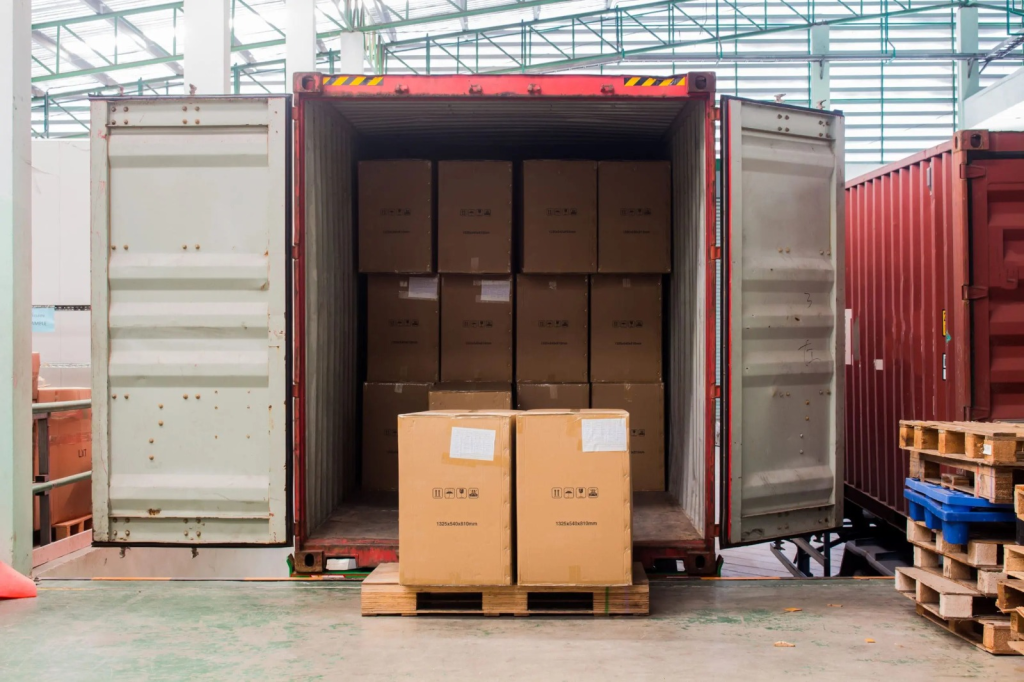Essential Factors to Check Before Buying an Office Container

When searching for office container for sale, it’s easy to get caught up in the excitement of a potential bargain. However, overlooking critical details can lead to costly mistakes. An office container is more than just a steel box—it’s a workspace that needs to be functional, safe, and durable. Careful evaluation before purchase ensures you get the right value for your money.
1. Material and Build Quality
The container’s structural strength is the first thing to check. High-quality containers are usually made from Corten steel, known for its durability and corrosion resistance. Look closely at the walls, roof, and flooring for dents, rust patches, or signs of weak welding. Even small rust spots can spread quickly in humid environments. A container with a sturdy frame and reinforced corners will last longer, especially if you plan to relocate it in the future.
2. Size and Layout
Office containers come in various sizes, most commonly 20-foot and 40-foot units. The right size depends on your intended use and space requirements. A small container might be sufficient for a single desk setup, while larger units can accommodate multiple workstations or even meeting areas. Consider how you plan to arrange furniture, electrical points, and lighting. It’s better to choose a layout that minimizes costly modifications later.
3. Insulation and Climate Control
Without proper insulation, an office container can feel like an oven in the summer and a freezer in the winter. Check if the unit has adequate insulation in the walls, ceiling, and floor. Materials like polyurethane foam or mineral wool provide better temperature regulation and soundproofing. Also, see if the container is fitted with air conditioning or heating systems, especially if it will be used in extreme climates.
4. Ventilation
Good airflow prevents condensation, which can lead to mold and structural damage. Look for vents on both sides of the container to ensure cross-ventilation. If you’re inspecting the unit in person, step inside and check for any musty odors—it’s a sign of poor ventilation. Adding extra vents or windows later is possible, but it’s easier and cheaper if they’re already installed.
5. Doors and Windows Security
Office containers often store valuable equipment and documents, so secure access points are non-negotiable. Doors should be heavy-duty with strong locking systems, preferably with anti-theft features like lock boxes. Windows should have sturdy frames and security bars if necessary. Test the hinges and locking mechanisms to make sure they work smoothly without sticking.
6. Flooring Condition
The floor takes the most wear over time. Marine plywood is commonly used because it resists moisture and pests. Check for signs of soft spots, water damage, or termite activity. If the floor feels uneven under your weight, it may require replacement—something that adds to your costs. Some buyers prefer steel flooring for extra durability, though it can be noisier without proper underlayment.
7. Electrical and Plumbing Setup
If the office container will be used immediately after purchase, ensure it has a functioning electrical system. Outlets should be safely installed with proper wiring, and lighting should cover the entire workspace. For containers with a washroom or sink, check that plumbing lines are intact and there’s no leakage. Poor wiring or faulty plumbing not only disrupts operations but also poses safety hazards.
8. Previous Usage History
A container’s past can tell you a lot about its current condition. Units previously used for storage might be in better shape than those modified for heavy-duty industrial purposes. Ask for maintenance records or at least details of its last use. Containers that have transported hazardous materials might have lingering contamination, which can be difficult to clean completely.
9. Mobility and Transport Readiness
If you plan to move the container later, confirm it meets transport regulations in your area. Check the corner castings for compatibility with lifting equipment. The container should have a valid CSC (Container Safety Convention) plate if it’s going to be shipped by sea. This ensures it meets international safety standards.
10. Price vs. Modification Costs
Sometimes a cheap container turns expensive after you factor in renovation costs. Make a list of changes you’ll need—such as adding insulation, rewiring, or repainting—and calculate the total expense. Compare this with the price of a container that’s already fully equipped. In some cases, paying more upfront saves money in the long run.
11. Supplier Reputation
A trustworthy seller is as important as the container itself. Look for suppliers with positive reviews, transparent pricing, and clear return policies. Avoid deals that seem too good to be true, especially if the seller is unwilling to provide detailed photos or allow an in-person inspection.
By checking each of these points carefully, you reduce the risk of buying an office container that falls short of your needs. An informed decision not only ensures a better working environment but also maximizes the return on your investment.

